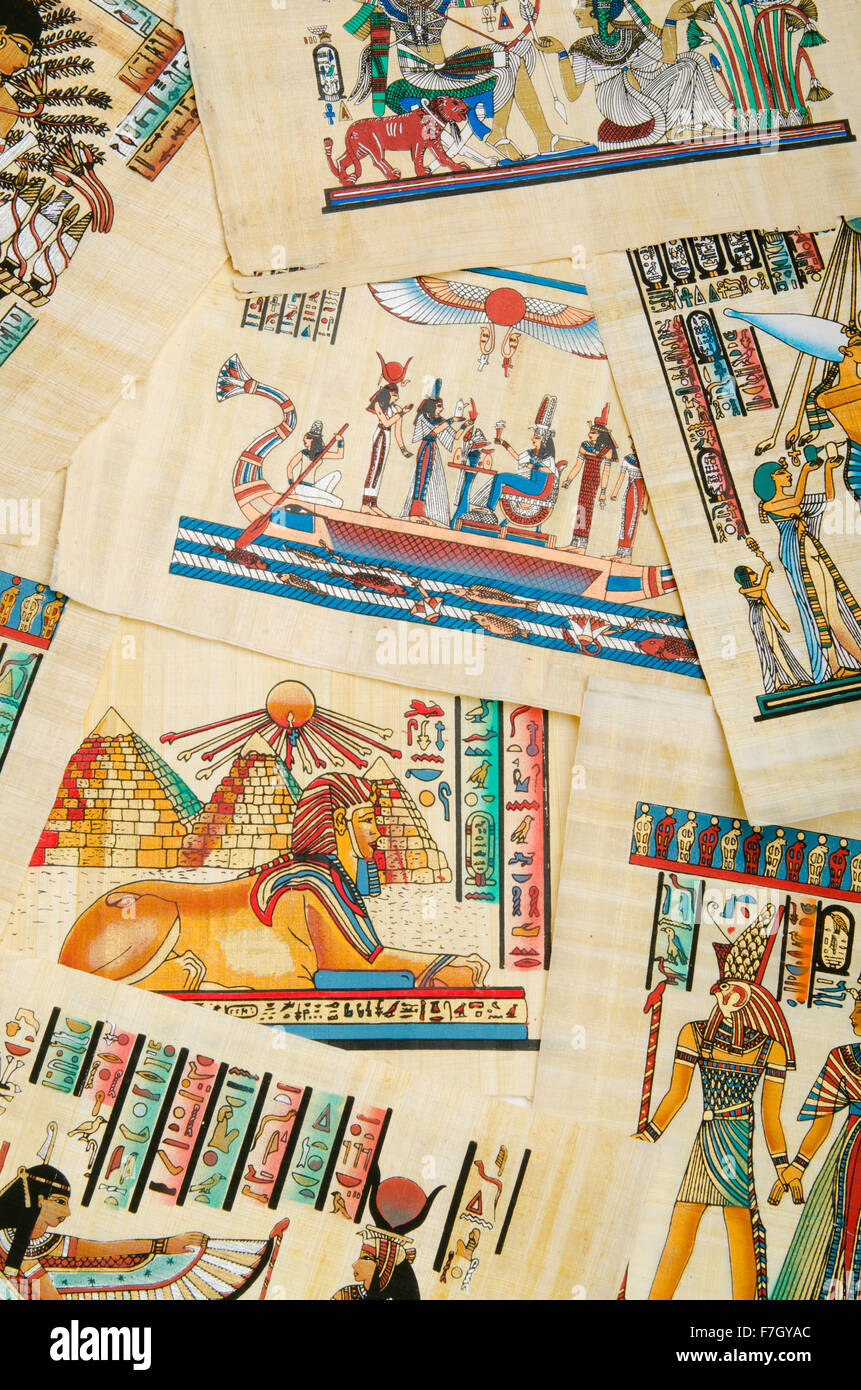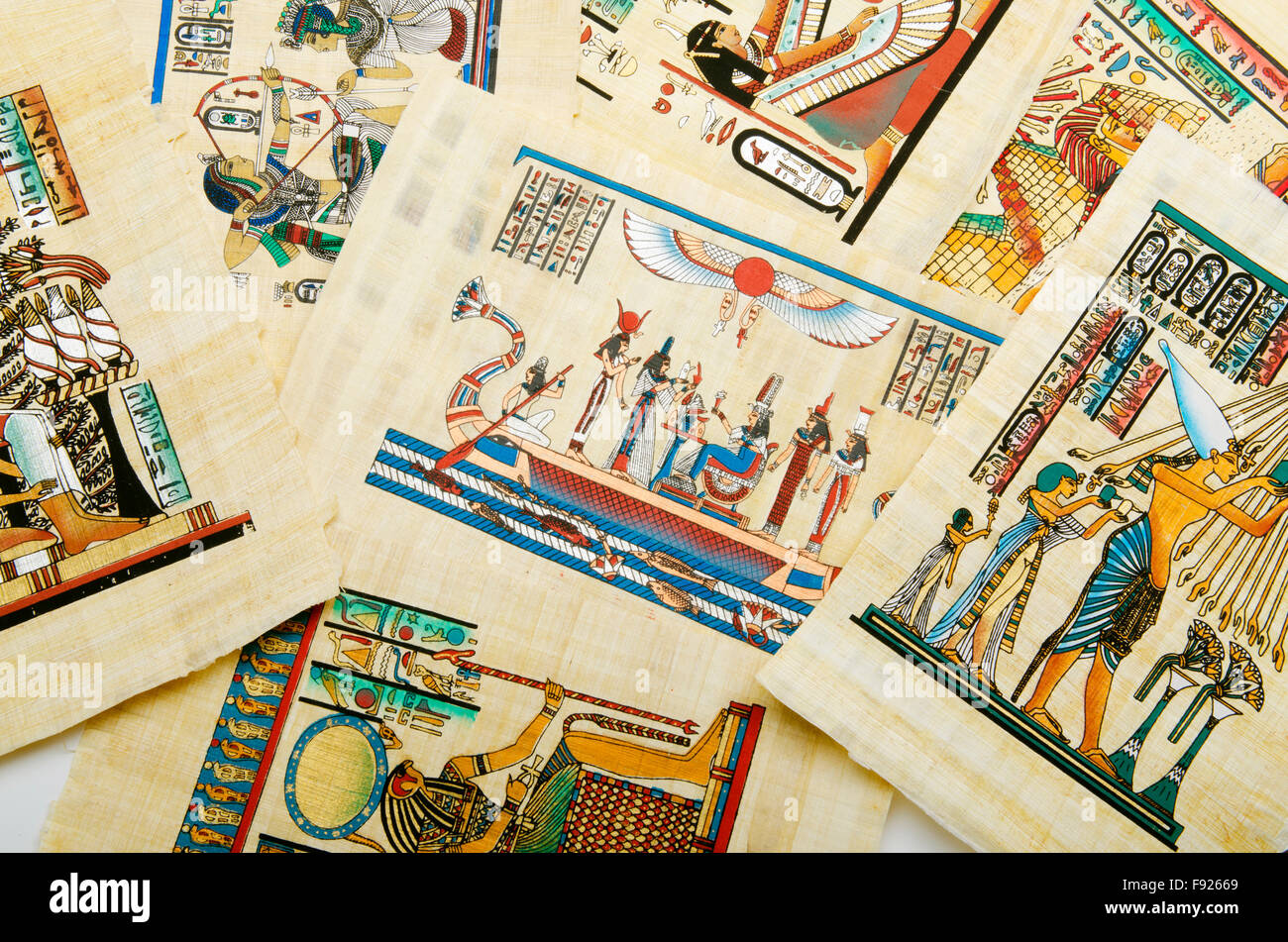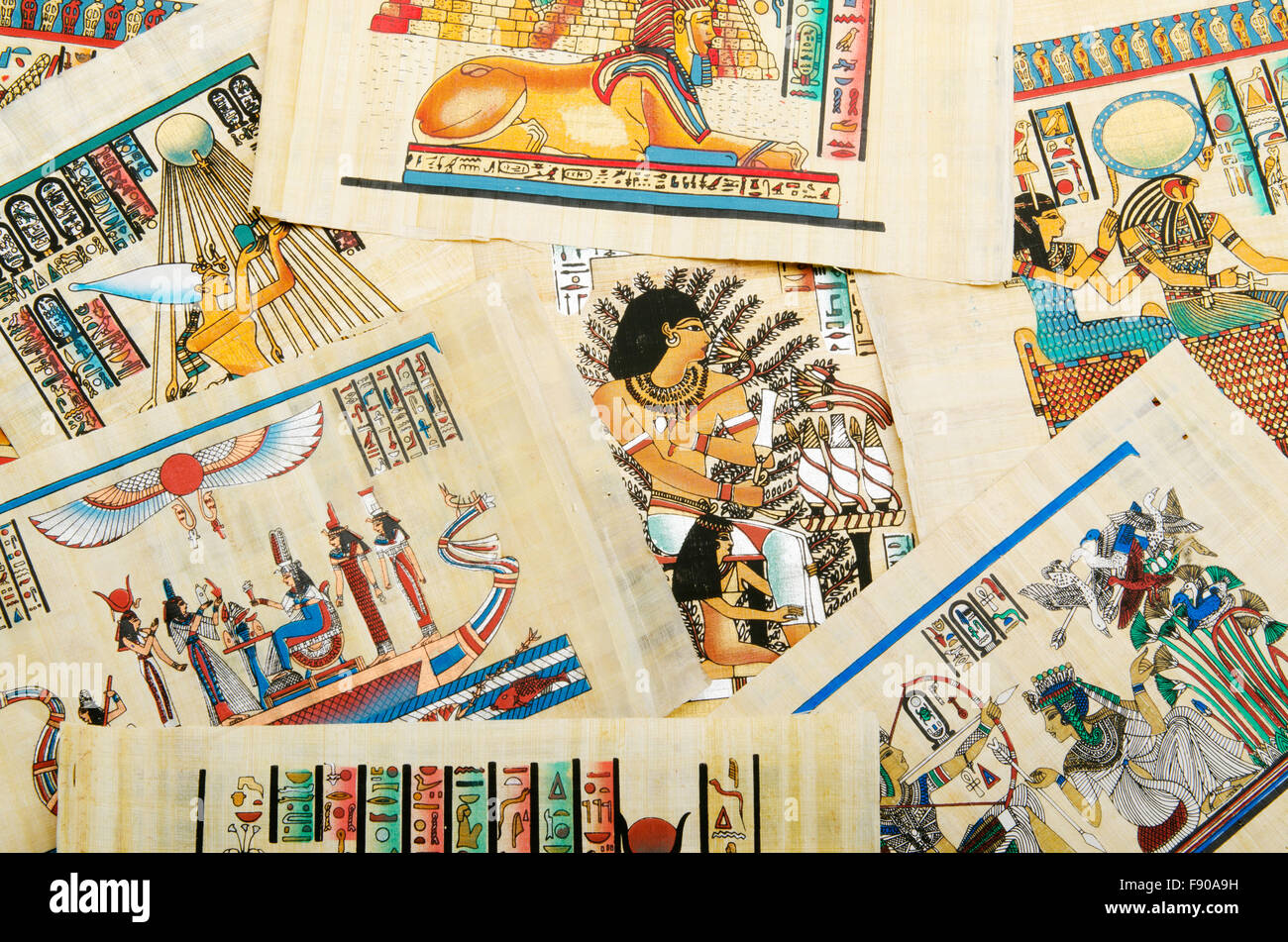Unveiling Iran's Forgotten Past: A Deep Dive Into Slavery's History
The history of slavery in Iran (Persia) during various ancient, medieval, and modern periods is sparsely cataloged, making it one of the less explored yet profoundly significant aspects of the nation's past. This historical void has long obscured a crucial dimension of Iranian society, leaving many unaware of the deep roots and eventual abolition of this institution. Unlike many other global histories of slavery, the Iranian experience has remained largely in the shadows, a testament to both the complexities of its past and deliberate efforts to distance the modern nation from uncomfortable truths.
Despite its pervasive nature for centuries, the narrative of slavery in Iran has largely been erased from national consciousness since its official abolition in 1928. This article aims to shed light on this complex and often uncomfortable truth, drawing on the groundbreaking work of scholars who have dedicated years to unearthing this forgotten chapter. Understanding this history is not merely an academic exercise; it is crucial to understanding the character of the modern nation, revealing how the institution of slavery helped to shape Iran's unique cultural and social fabric.
Table of Contents
- The Elusive Narrative of Iranian Slavery
- Ancient Roots and Diverse Forms of Slavery in Iran
- The Medieval Period and Islamic Influence on Slavery in Iran
- The Modern Era: Unearthing Hidden Histories of Slavery in Iran
- The Persian Gulf Slave Trade: A Vital Artery
- The Road to Abolition: 1928 and Beyond
- Understanding Modern Iran Through Its Slave Past
- The Enduring Legacy and Future of Research on Slavery in Iran
The Elusive Narrative of Iranian Slavery
The history of slavery in Iran, also known as Persia, has long been a subject shrouded in obscurity, a stark contrast to the extensive scholarship available on other regions of the world. The institution of slavery, the slave trade, and the conditions and use of enslaved people differed significantly across various ancient, medieval, and modern periods due to distinct customs, cultural prescriptions, and regulations. This complexity, coupled with a general lack of historical documentation and a societal reluctance to confront this aspect of the past, has left the historical record sparsely cataloged. For decades, historians have written little about the history of slavery in Iran. As Behnaz A. Mirzai, a leading authority on slavery and the African diaspora in modern Iran, notes, when she began her research in the late 1990s, it was a topic few knew about, and one that remains unfamiliar to many today. This historical amnesia is not accidental. Historian Beeta Baghoolizadeh, who also studies Iranian slavery, points to a deliberate effort to distance Iran from its past, attributing the taboo surrounding slavery to Iran's precarious position on the world stage 87 years after abolition. This erasure from national consciousness, particularly since 1928, highlights a profound societal discomfort with acknowledging a history that challenges modern national identity. The specter of American plantation slavery as the comparative point has, until recently, held a grip over how the history of slavery in Iran was conceived, often leading to misinterpretations or an outright dismissal of its unique characteristics and severity.Ancient Roots and Diverse Forms of Slavery in Iran
The presence of enslaved individuals in Persia stretches back into antiquity, deeply embedded within the social and economic structures of its ancient empires. Unlike the monolithic image often conjured by the term "slavery," the institution in ancient Iran was multifaceted, adapting to the customs and needs of different eras and rulers. Early records, though fragmented, indicate that enslaved people were acquired through various means, including warfare, debt, and birth. Their roles were diverse, ranging from agricultural labor and construction to domestic service and specialized crafts within noble households. The Persian Gulf slave trade, a crucial component of this ancient system, has origins that predate recorded history, serving as a vital artery for the movement of people across vast distances. This trade connected Persia to various regions, including parts of Africa and India, long before the more widely recognized transatlantic routes. While specific numbers are hard to ascertain, archaeological and textual evidence hints at the significant presence of enslaved populations in various ancient Iranian societies. The conditions of enslavement varied considerably, influenced by the specific cultural prescriptions and regulations of the time. Some enslaved individuals might have held positions of considerable trust or skill, while others endured brutal conditions. The fluidity and adaptability of these ancient slave systems underscore the need for a nuanced understanding of the history of slavery in Iran, moving beyond simplistic generalizations.The Medieval Period and Islamic Influence on Slavery in Iran
The advent of Islam in the 7th century profoundly impacted the existing social structures of Persia, including the institution of slavery. While slavery was already a deeply entrenched practice in the region, Islamic law introduced a new framework that regulated its acquisition, treatment, and manumission. This period saw the continuation and expansion of the slave trade, with new routes and sources emerging, further shaping the demographics of enslaved populations within Iran.The Role of Islam in Shaping Slavery
It is important to clarify the complex relationship between Islam and the history of slavery in Iran. Some interpretations suggest that the history of slavery in Iran "started with Islam" or that "Islam approves and promotes slavery." However, a more accurate historical perspective acknowledges that slavery existed in Persia long before the rise of Islam. What Islam did was not *introduce* slavery, but rather *regulate* and *institutionalize* it within a specific legal and ethical framework. Islamic jurisprudence provided detailed rules concerning the ownership, sale, and release of enslaved individuals, as well as their rights and obligations. This framework, while not abolishing slavery outright, sought to mitigate some of its harsher aspects and encouraged manumission as an act of piety. During the medieval period, the primary sources of enslaved people for Iran included captives from wars, particularly along its borders with Central Asia, the Caucasus, and Africa. The Persian Gulf remained a crucial hub for the trade, connecting the Iranian plateau to the East African coast and the Indian subcontinent. Enslaved people, often referred to by their ethnic origin (e.g., "Habashi" for Ethiopians, "Zanj" for East Africans, "Saqaliba" for Slavs), filled various roles, from military service and administrative positions to domestic labor and concubinage. The social status and treatment of enslaved individuals could vary significantly based on their skills, origins, and the disposition of their owners, creating a complex social hierarchy within the broader system of enslavement.The Modern Era: Unearthing Hidden Histories of Slavery in Iran
The modern history of slavery in Iran, particularly from the early nineteenth century up to its emancipation in 1928, represents a critical but largely unexplored chapter. For decades, this period remained a historical blind spot, overshadowed by other narratives or simply deemed too sensitive to investigate. However, thanks to rigorous scholarship, particularly that of Behnaz A. Mirzai, a clearer picture is finally emerging.Behnaz Mirzai's Pioneering Research
Behnaz A. Mirzai has written a monumental monograph in her study of slavery and emancipation in early modern and modern Iran, offering the first comprehensive history of this period. Her work is the result of nearly 20 years of dedicated research, drawing on extensive archival research conducted not only in Iran but also in Tanzania, England, and France. This global approach underscores the interconnectedness of the Iranian slave trade with broader international networks. Furthermore, her fieldwork and interviews in Iran have added invaluable human dimensions to her historical analysis, capturing stories and perspectives that archival documents alone cannot convey. Mirzai's tireless efforts have brought to light a topic that, as she herself notes, few knew about in the late 1990s when she began her research, and one that remains unfamiliar to many today. Her status as the leading authority on slavery and the African diaspora in modern Iran is well-deserved, and her work was even shortlisted for the 2018 Wallace K. Ferguson Prize by the Canadian Historical Association, a testament to its academic rigor and significance. Her research not only reconstructs the historical facts but also shows how the institution of slavery helped to shape the nation’s unique character, providing a crucial lens through which to understand contemporary Iran.The African Diaspora in Iran
A significant aspect of the modern history of slavery in Iran is the story of the African diaspora. The history of black people in Persia reaches back to the ninth century, but their presence became particularly pronounced through the continued Persian Gulf slave trade into the modern era. In 1997, Edward Alpers called forcefully for the study of the history of Africans in the northwestern Indian Ocean region, including in Iran, recognizing a major gap in historical scholarship. Mirzai's work, among others, has answered this call. These Africans, brought through arduous journeys, were almost always destined for residence in Iranian households. Their roles were predominantly as servants, eunuchs, and concubines. Eunuchs, in particular, held sensitive positions, often guarding harems or serving as trusted advisors, a role that gave them a unique, albeit often tragic, status within the household. The trade routes that supplied these individuals extended far and wide, reaching Africa in the west and India in the east, and connecting to Russia and Turkmenistan in the north, and the Arab states in the south. This vast network highlights the extensive reach and enduring impact of the slave trade on Iranian society, populating it with diverse ethnic groups who, through generations, became an integral part of the nation's fabric, even if their history was subsequently obscured.The Persian Gulf Slave Trade: A Vital Artery
The Persian Gulf slave trade stands as a pivotal, yet often overlooked, component of the global history of slavery. With ancient origins, this maritime network served as a crucial artery for the movement of enslaved people into Iran and the broader Middle East for centuries, persisting well into the modern era. This trade was distinct from the transatlantic trade in its routes, sources, and destinations, yet equally devastating in its human cost. Enslaved individuals, primarily from East Africa (regions like Zanzibar and coastal Tanzania), the Horn of Africa, and parts of India, were transported across the Indian Ocean to ports along the Persian Gulf. From there, they were distributed throughout Iran and neighboring Arab states. The demand for enslaved labor in Iranian households, particularly for domestic service, concubinage, and the highly specialized role of eunuchs, fueled this continuous flow of human beings. The trade was facilitated by a complex network of merchants, ship captains, and brokers, operating within established commercial routes. The sheer volume and longevity of this trade underscore its profound impact on the demographics and social fabric of Iran, contributing significantly to the presence of an African diaspora whose history is only now being fully explored. Understanding the dynamics of the Persian Gulf slave trade is essential to grasp the unique character of slavery in Iran, differentiating it from other global slave systems and revealing its deep integration into the region's economic and social life.The Road to Abolition: 1928 and Beyond
Iran officially abolished slavery in 1928, a significant milestone that marked the legal end of a practice spanning millennia. This legislative act was part of a broader global movement towards abolition, often influenced by international pressures and changing moral sensibilities. However, the legal abolition of slavery did not immediately translate into a complete disappearance of its effects or its memory. Since 1928, the history of slavery in Iran has been largely erased from the national consciousness. This historical amnesia is a complex phenomenon, rooted in various factors. Historian Beeta Baghoolizadeh suggests that the taboo surrounding slavery and Iran’s effort to distance itself from its past is due to its precarious position on the world stage. In an attempt to present a modern, progressive image, the nation has often downplayed or ignored the uncomfortable truths of its past, including the extensive history of slavery. This deliberate forgetting has left generations of Iranians largely unaware of this crucial aspect of their heritage. The stories of those who were enslaved, their contributions, and their suffering have remained untold in official narratives and public discourse. The challenge now lies not just in unearthing these histories but also in integrating them into the national narrative, fostering a more complete and honest understanding of Iran's past and its implications for the present. The journey towards true historical reconciliation is long, but the work of scholars like Mirzai and Baghoolizadeh is paving the way for a more open and informed dialogue.Understanding Modern Iran Through Its Slave Past
The history of slavery in Iran is not merely a collection of isolated facts from a bygone era; it is crucial to understanding the character of the modern nation. The institution of slavery, its trade routes, and the integration of enslaved people into society profoundly shaped Iran's social, cultural, and even genetic landscape. By examining this often-overlooked aspect, we gain deeper insights into the complexities of Iranian identity, class structures, and the enduring legacies of power and subjugation. The presence of the African diaspora, for instance, whose history in Persia dates back centuries, highlights the diverse origins of Iran's population and the often-unacknowledged contributions of various groups to its development. Slavery in the Middle East is a growing field of study, and the pioneering work on the history of slavery in a key country like Iran is invaluable. It offers a unique lens through which to analyze the socio-economic dynamics of the region, the evolution of labor systems, and the interplay between local customs and broader global forces. This historical understanding allows us to appreciate how slavery, in its various forms, helped to shape the nation’s unique character, influencing everything from domestic practices to urban demographics.Challenging Comparative Frameworks
For a long time, the specter of American plantation slavery held a grip over how the history of slavery in Iran was approached, often serving as the primary, if not sole, comparative point. While comparative history can be illuminating, this narrow focus has led to extensive critiques within broader global histories of slavery, including Joseph C. Miller’s important intervention, "The Problem of Slavery as History." Miller and others argue that forcing diverse historical experiences into a single, dominant framework risks distorting the unique realities of different slave systems. In modern Iranian historiography, this overreliance on the American model often led to the conclusion that slavery in Iran was "mild" or "insignificant" because it lacked the large-scale, racially defined plantation system of the Americas. However, as scholars like Behnaz Mirzai demonstrate, this comparison is misleading. Slavery in Iran, though different in its manifestations (primarily domestic, urban, and military rather than agricultural plantation-based), was nonetheless a brutal and dehumanizing institution with profound impacts on individuals and society. Recognizing these distinct characteristics is vital for an accurate and empathetic understanding of the history of slavery in Iran, allowing its unique complexities to emerge without being diminished by inappropriate comparisons.The Enduring Legacy and Future of Research on Slavery in Iran
The work of scholars like Behnaz A. Mirzai has not only filled a significant void in historical scholarship but has also opened new avenues for future research into the history of slavery in Iran. Her extensive archival research in Iran, Tanzania, England, and France, coupled with fieldwork and interviews, exemplifies the rigorous approach needed to reconstruct such a challenging and sensitive past. Her monograph, recognized by institutions like the University of Texas Press (a publisher committed to advancing scholarship in the humanities), stands as a testament to the importance of identifying and publishing valuable and relevant information for knowledge seekers globally. The journey to uncover and understand this hidden history is ongoing. The efforts of individuals like Yann Richard, who invited Mirzai to deliver a talk on slavery in Iran at the Sorbonne University in Paris in 2000, highlight the growing international academic interest in this field. The study of "slave systems in Asia and the Indian Ocean, their structure and change in the 19th and 20th century," as seen in publications like the Journal of the Royal Asiatic Society, continues to shed light on the interconnectedness of these historical phenomena. Despite the progress, much remains to be explored regarding the long-term social, cultural, and economic impacts of slavery, as well as the experiences of descendants of enslaved people in contemporary Iran. The continued dedication to this field ensures that this vital part of Iran's heritage will no longer remain in the shadows.Conclusion
The history of slavery in Iran, a narrative long obscured and largely erased from public consciousness, is finally emerging from the shadows thanks to the dedicated work of pioneering scholars like Behnaz A. Mirzai and Beeta Baghoolizadeh. From its ancient roots and diverse forms to the profound influence of the Persian Gulf slave trade and the eventual abolition in 1928, this complex history is crucial to understanding the character of the modern Iranian nation. It reveals how the institution of slavery, in its unique manifestations, shaped society, demographics, and cultural norms, creating a rich tapestry of experiences that deserve recognition. By confronting this uncomfortable past, we not only honor the memory of those who endured enslavement but also gain a more complete and nuanced understanding of Iran's identity. This growing field of study in Middle Eastern slavery invites us to challenge preconceived notions and appreciate the distinct historical trajectories of different regions. We encourage you to delve deeper into the works of these remarkable historians, engage with this vital history, and join the conversation. What aspects of Iran's past do you find most surprising or impactful? Share your thoughts and reflections in the comments below, and consider exploring other articles on our site that delve into the intricate histories of the Middle East.- Iran Porn
- Breaking News Iran
- Ejercito Iran Vs Ejercito Israel
- Us To Rial Iran
- Iran Vs Israel Military Power 2014

Egyptian history concept with papyrus Stock Photo - Alamy

Egyptian history concept with papyrus Stock Photo - Alamy

Egyptian history concept with papyrus Stock Photo - Alamy